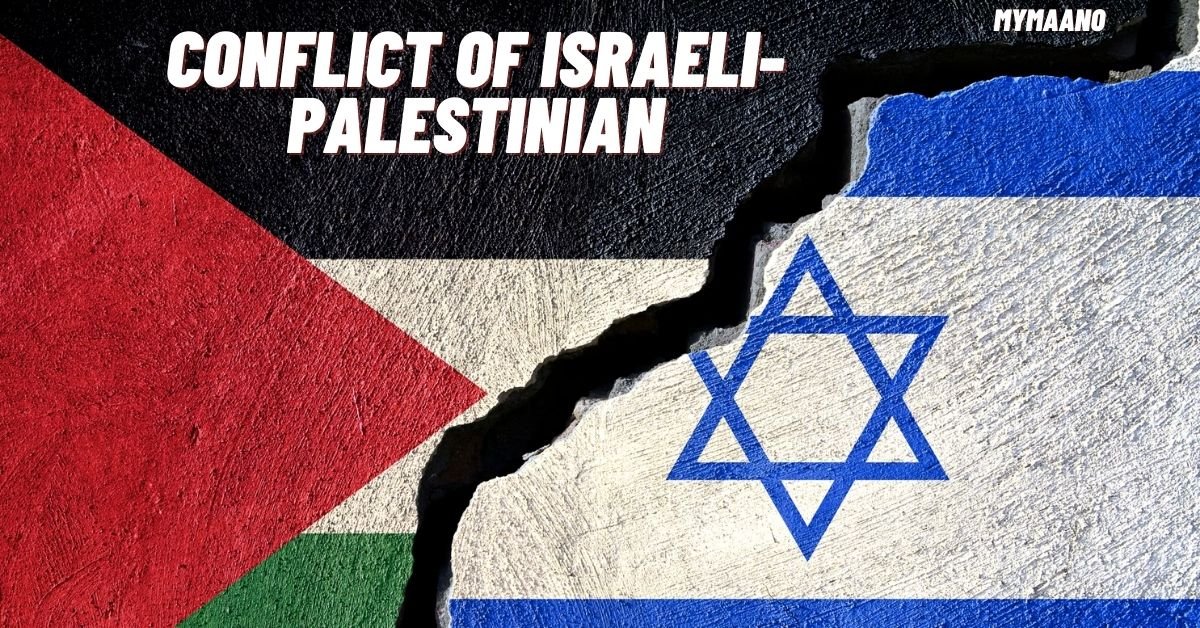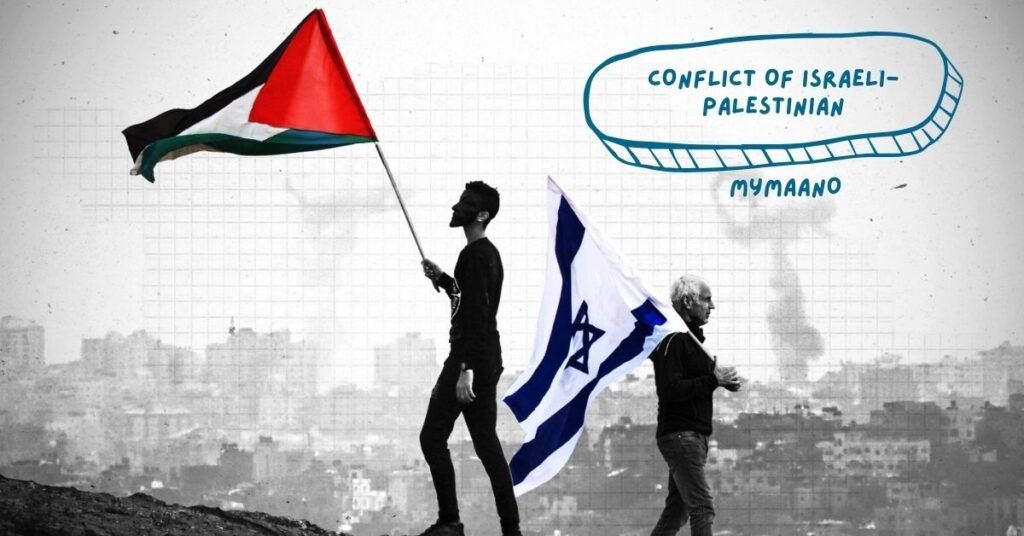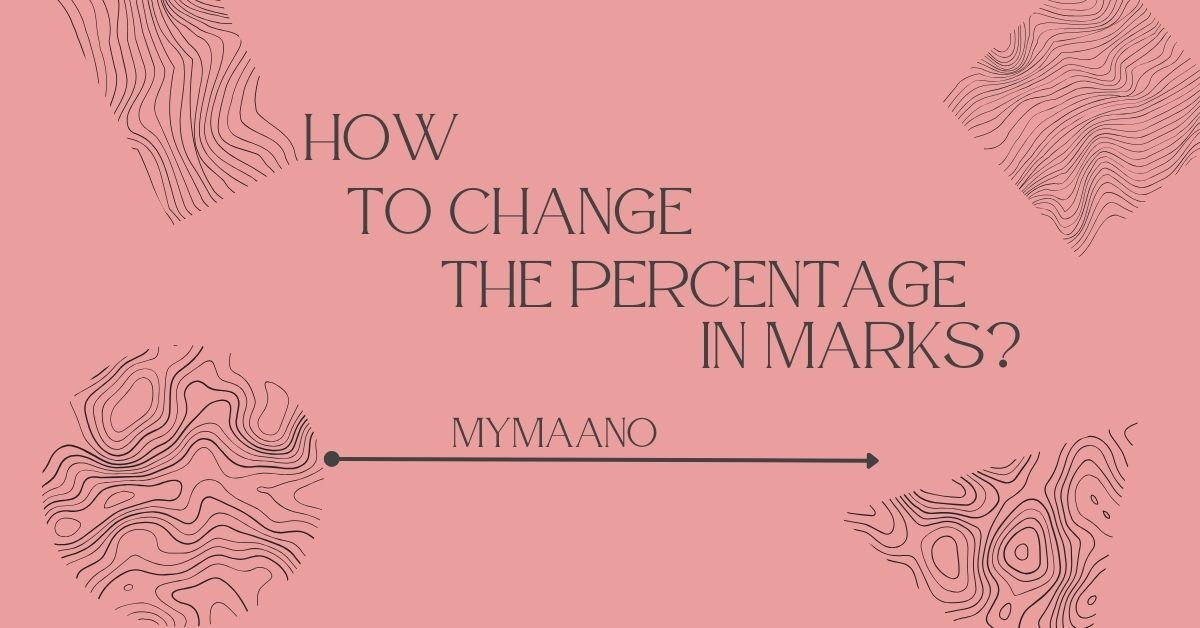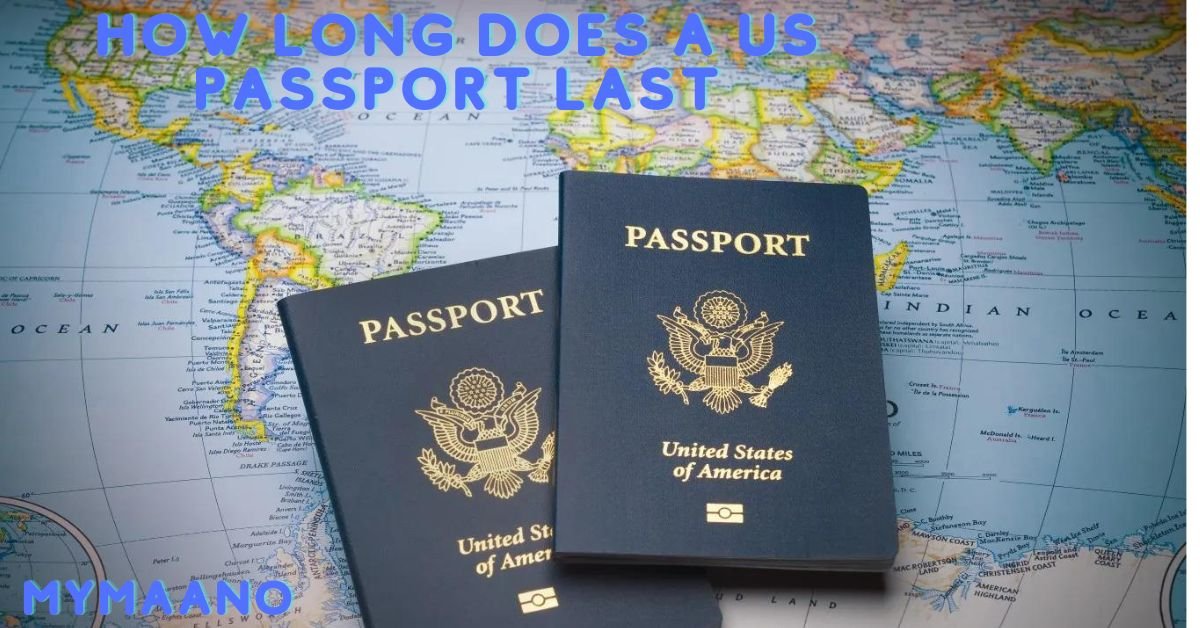CONFLICT OF ISRAELI-PALESTINIAN
In early October 2023, a new chapter in the long-standing Israeli-Palestinian conflict unfolded as war erupted between Israel and

In early October 2023, a new chapter in the long-standing Israeli-Palestinian conflict unfolded as war erupted between Israel and Hamas, an Islamist militant group that has held control over the Gaza Strip since 2006. This latest outbreak of hostilities marked a significant escalation in the ongoing conflict. It raised concerns about the safety of civilians on both sides, as well as the potential for the dispute to spill over into neighboring countries.

Immediate Triggers of the Conflict
The immediate triggers of the conflict can be traced back to early October 2023 when Hamas fighters launched rockets into Israeli territory and simultaneously carried out a series of attacks on southern Israeli cities and towns close to the Gaza border. These attacks resulted in the loss of lives and injuries to hundreds of soldiers and civilians, and the attackers took dozens of hostages. The Israeli government was caught off guard by the scale and intensity of these assaults.
One day after these attacks, on October 7, the Israeli cabinet officially declared war against Hamas. The defense minister issued a directive to the Israeli Defense Forces (IDF) to impose a “complete siege” on the Gaza Strip. This declaration of war marked the beginning of a new phase of conflict.
Since that declaration, both sides have engaged in almost daily rocket attacks, with Israel ordering the evacuation of over one million Palestinian civilians in northern Gaza. And raising concerns of a potential ground assault. As the conflict escalated, Gaza faced a dire humanitarian situation characterized by shortages of water, fuel, and essential supplies due to an Israeli blockade.
Moreover, the conflict’s impact extended beyond the immediate combat zone. Cross-border strikes started occurring in neighboring countries like Lebanon and Syria, raising the specter of a broader regional conflict.
Historical Context
The Israeli-Palestinian conflict has deep historical roots, dating back to the late nineteenth century. In 1947, the United Nations embraced Resolution 181. And also known as the Partition Plan, which aimed to divide the British instruction of Palestine into Arab and Jewish states. On May 14, 1948, the State of Israel was established, leading to the first Arab-Israeli War. While the war ended in 1949 with Israel’s victory, it resulted in the displacement of approximately 750,000 Palestinians and the division of the territory into the State of Israel, the West Bank (along the Jordan River), and the Gaza Strip.
Tensions persisted between Israel and its neighboring countries, particularly Egypt, Jordan, and Syria. The 1956 Suez Crisis and Israel’s invasion of the Sinai Peninsula, for instance, led Egypt, Jordan, and Syria to sign mutual defense pacts. The situation eventually culminated in the Six-Day War of 1967, where Israel preemptively attacked Egyptian and Syrian forces. Israel’s territorial gains in the war included the Sinai Peninsula and Gaza Strip from Egypt, the West Bank and East Zion from Jordan. And the geographic Golan Heights from Syria. Six years later, in 1973, Egypt and Syria launched the Yom Kippur War in an attempt to regain their lost territories. The war did not result in significant changes to the status quo, but it allowed Egypt and Syria to negotiate over previously ceded land.
In 1979, Egypt and Israel signed the Camp David Accords, a historic peace treaty that ended their thirty-year conflict. However, the question of Palestinian self-determination remained unresolved.
Attempts at Resolution and Ongoing Tensions
Efforts to address the Israeli-Palestinian conflict have taken various forms over the years. And with significant milestones such as the Oslo Accords in the early 1990s. These accords laid the groundwork for the Palestinian Authority to govern parts of the West Bank and Gaza. And the fostering of mutual recognition between the Palestinian Authority and Israel.
In 2000, the second intifada erupted, driven by Palestinian grievances, a stagnating peace process, and political developments. This uprising led to the construction of a barrier wall around the West Bank by Israel despite international opposition. Factionalism among the Palestinians further complicated the situation, with Hamas winning the Palestinian Authority’s parliamentary elections in 2006.
The Gaza Strip came under the control of Hamas, a political and militant group that won the elections. This shift in power created tensions and violence between Hamas and Fatah, the longtime majority party. Periods of confrontation and reconciliation followed, eventually culminating in a unity government in 2014.
In the summer of 2014, a military confrontation erupted between Israel and Hamas, resulting in significant casualties. Clashes and violence continued sporadically in the years that followed, with incidents such as the 2015 wave of violence and ongoing construction of Israeli settlements. And operations in the West Bank and Gaza.
The year 2020 marked significant developments. And with the United Arab Emirates (UAE) and Bahrain normalizing relations with Israel, following Egypt and Jordan. This process, known as the Abraham Accords, was a notable regional shift.
Escalation in 2021 and Ongoing Tensions
Tensions in the region escalated further in 2021, particularly in East Jerusalem’s Sheikh Jarrah neighborhood. A court ruling in 2020 ordered several Palestinian families to be evicted from their homes, sparking protests and confrontations. These protests expanded, leading to clashes with Israeli police and, eventually, a violent incident at the al-Aqsa Mosque in Jerusalem, where Israeli forces clashed with Palestinian demonstrators.
These events were followed by the launch of rockets from Gaza into Israel and Israeli retaliatory strikes. A cease-fire was reached in May 2021, brokered by Egypt, but not before significant loss of life and destruction.
Concerns and Immediate Fallout of the 2023 Conflict
As the latest Israeli-Palestinian conflict in October 2023 unfolded. And the international community expressed concerns over the situation’s humanitarian impact and the potential for increased civilian casualties. The United States, in particular, expressed strong support for Israel. And leading to the renewal of arms shipments and the deployment of U.S. warships closer to Israel’s Mediterranean coast.
Another point of concern was Iran’s potential involvement. While it was not immediately confirmed that Iran directly assisted Hamas in planning the October 7 attack. And Iran has a history of support for extremist groups in the Middle East. There were concerns that Iran’s role could indicate an escalation of its influence in the region. Furthermore, there were worries that Hezbollah, another extremist group backed by Iran, might become involved, expanding the conflict’s scope.
Recent Developments
It is essential to note that the ongoing Israeli-Palestinian conflict intersects with domestic political developments within Israel, including the formation of a government led by Benjamin Netanyahu. And marked by far-right and religious elements. The government’s policies have sparked controversies related to settlements, LGBTQ+ rights, and judicial oversight.
Throughout 2022 and the first nine months of 2023, tensions and clashes in the West Bank increased. Israel’s approval of new settler homes and its military operations raised concerns and contributed to the escalating violence. The situation further intensified with the conflict in May 2023, in which Hamas and Israeli forces engaged in hostilities.
READ MORE AT MYMAANO

















